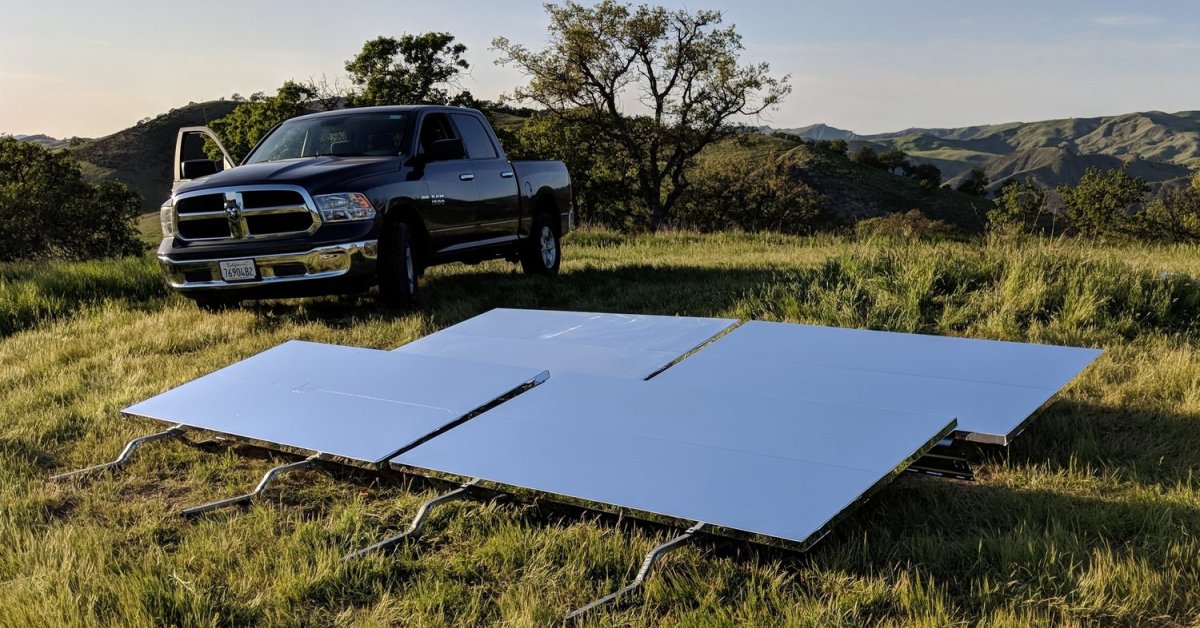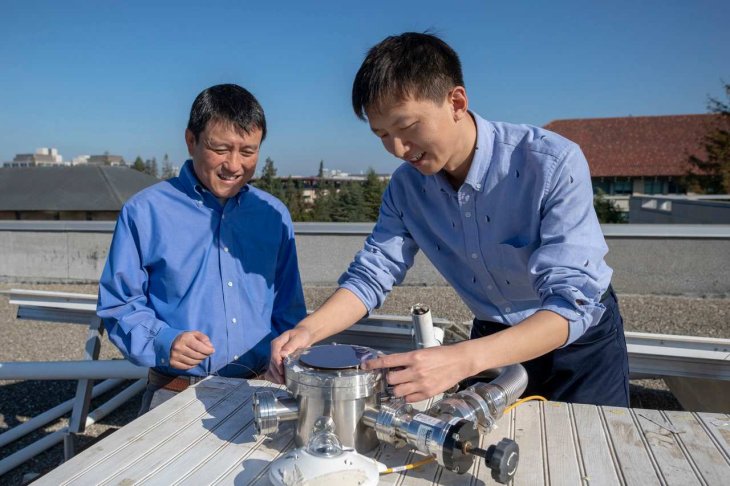Scientists Are Using An Old Indian Cooling Method To Revolutionize The Air Conditioning System
Aadhya Khatri - Aug 22, 2019

The underlying principle of this new system is to use radiative cooling, the method that people in India and the Middle East utilized centuries ago
- Delhi Is The World’s Most Polluted Capital City For Three Years In A Row
- Indian Farmers Install High-Tech, Night-Vision CCTV Cameras To Protect Themselves
- Looking For The Best Electric Bike In India 2021? Take A Look At These
We have an electricity-free way to cool air and the trick to do that has always been before our eyes all along.
SkyCool System, a company based in California, is looking into a way to build a cooling system that is more energy-saving than anything we have ever known for centuries. The underlying principle is to use radiative cooling, the method that people in India and the Middle East utilized centuries ago.

This kind of invention has the potential to ease the consequences of climate change. According to data from the US Environmental Protection Agency, air conditioners and refrigeration account for 12% of non-carbon dioxide emissions.
If you are unaware, when the sun sets, everything on the Earth surface begins to give out heat, which will rise up into our planet’s atmosphere and then to space. Centuries ago, Indians and Iranians used the same idea to make ice in the kind of climate that does not support this practice. They put water in shallow and large ceramic pools which were insulated by hay. The next step was to leave the pools out at night. The heat given out by the water would make it cooler than the surrounding air, allowing it to freeze.
That same principle is reuse in our modern era by SkyCool System to come up with a new way to cool our data centers, homes, and power refrigerators.
The three co-founders of the company, Eli Goldstein, Aaswath Raman, and Shanhui Fan found the key to the process of radiative cooling. The trick here is to find a material that can strike a balance among emitting, reflecting, and absorbing heat.
What they made bears a striking resemblance to a solar panel, which consists of a metal panel wrapped in a layer of that said material. The outer shell can reflect heat, light, and keep the core at a temperature that is 5 to 10 Celsius lower than that of the surrounding air. The panel is connected to a system of pipes and will cool down the fluid inside them. The rest of the process is just like how current refrigeration works.

However, we might have to wait until the company solves its two most pressing issues before this system can make it to reality. The first one is how to convince firms to replace their relatively cheap air conditioning and refrigeration with a more costly radiative cooling technology. The second problem is the infrastructure. SkyCool System calls for a totally different kind of structure than what we are currently using, including cooling ceilings and some other designs.
Despite these issues, the founders are quite optimistic about the future of the company:
The company launched a total of five pilots programs with three in the U.S to prove the practical application of their technology.
SkyCool thinks that their radiative cooling technology can be installed alongside what we are currently using, but researchers of the University of Buffalo believes that one day, it can be a standalone system.
Another challenge here is how to make sure that the heat is reflected back to the sky as thermal emissions can travel to all directions. However, University of Buffalo researchers has found a way to redirect the heat to the upward direction.
Featured Stories

Features - Jul 01, 2025
What Are The Fastest Passenger Vehicles Ever Created?

Features - Jun 25, 2025
Japan Hydrogen Breakthrough: Scientists Crack the Clean Energy Code with...

ICT News - Jun 25, 2025
AI Intimidation Tactics: CEOs Turn Flawed Technology Into Employee Fear Machine

Review - Jun 25, 2025
Windows 11 Problems: Is Microsoft's "Best" OS Actually Getting Worse?

Features - Jun 22, 2025
Telegram Founder Pavel Durov Plans to Split $14 Billion Fortune Among 106 Children

ICT News - Jun 22, 2025
Neuralink Telepathy Chip Enables Quadriplegic Rob Greiner to Control Games with...

Features - Jun 21, 2025
This Over $100 Bottle Has Nothing But Fresh Air Inside

Features - Jun 18, 2025
Best Mobile VPN Apps for Gaming 2025: Complete Guide

Features - Jun 18, 2025
A Math Formula Tells Us How Long Everything Will Live

Features - Jun 16, 2025


Comments
Sort by Newest | Popular